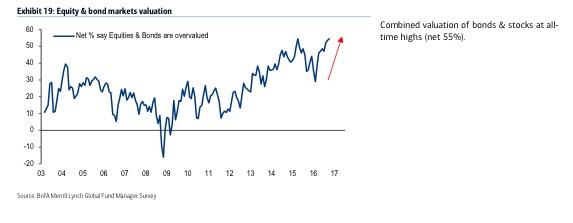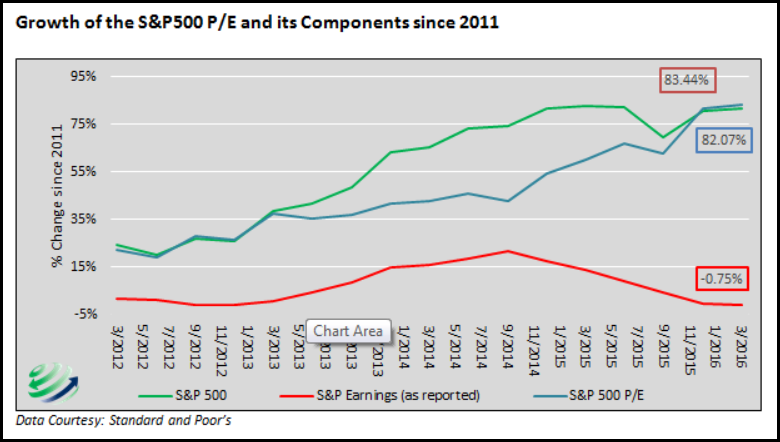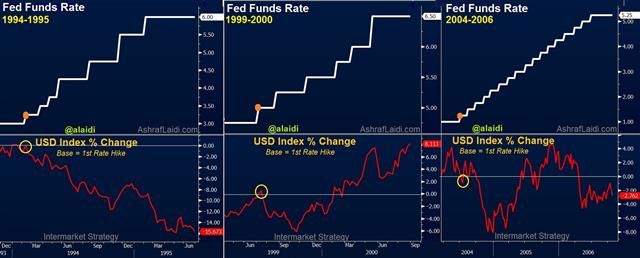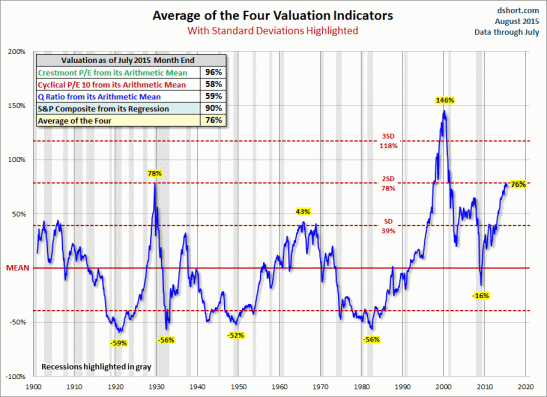There's loads of things to worry about if you are a bear such as valuations, China, US yield curve flattening, economic woes in Europe, the recent collapse in freight rates etc. Here is an apt summary of these views from the pro's:
Things to Worry About as a Bear
Future US Military Rotorcraft Design Capability At Risk
-
Sikorsky, a Lockheed Martin Company, announced on April 16 that it was
cutting its staff by as many as 400 engineers.
12 minutes ago




















